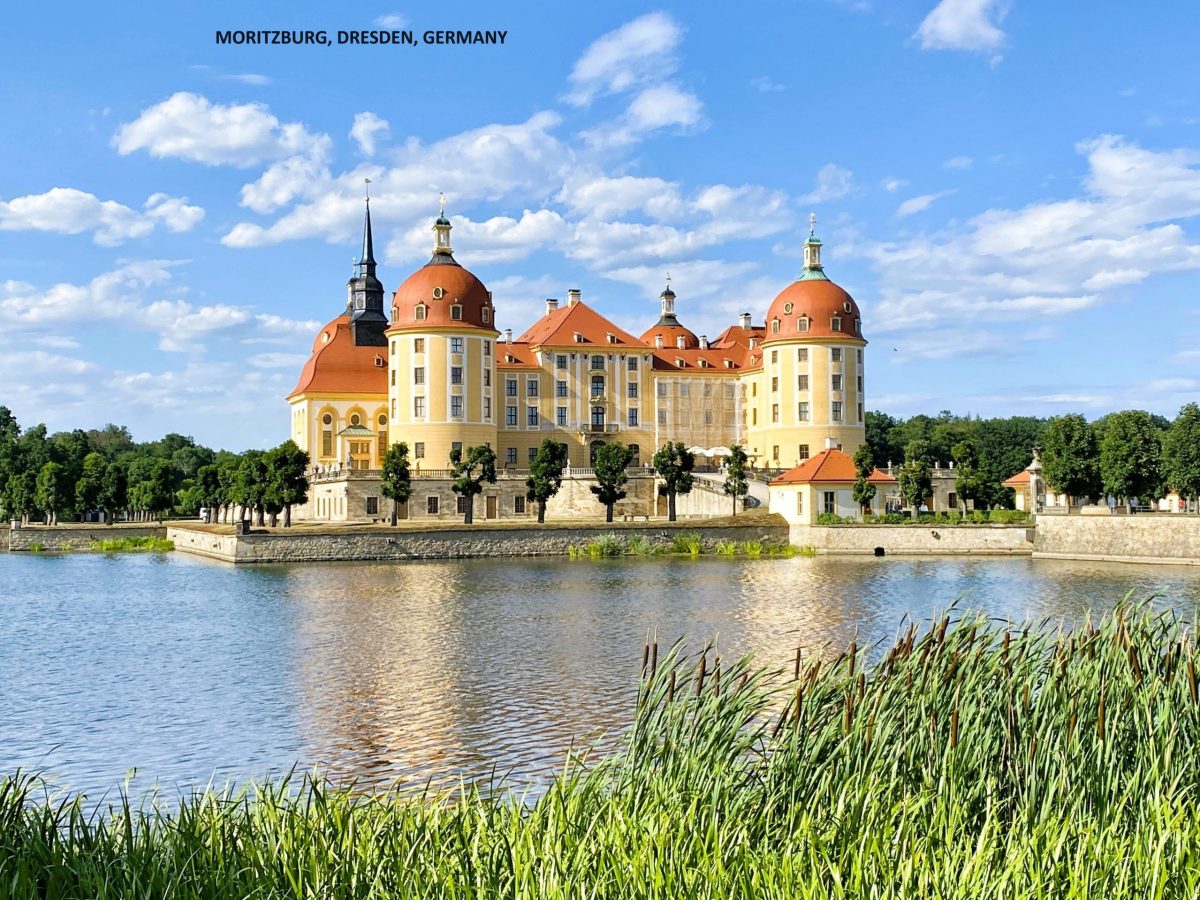I’d previously read about how pretty the village of Puebla de Sanabria is and, after Salamanca, we decided to go there for a day or two of rest and to catch up on the blog. As it happened, even after seven days in Puebla de Sanabria I had made no further progress with the blog and we were in even more need of rest.
We arrived just a couple of days short of the village’s fiesta of La Vergen de las Victorias and within hours resolved to stay on for the duration of the fiesta and it was some fiesta! To keep this blog manageable I’ll write it in three parts; the first will focus on the village alone; the second will describe the fiesta and the third will focus on the surrounding area (Ribadelago and the Lago de Sanabria).
And so to Puebla de Sanabria. It is a fairly large village of almost 1,500 people in Castille y Leon’s province of Zamora. Does that many people make it a town? It sits at the confluence of the Rivers Tera and Castro almost 1,000 metres above sea level not far from the Portuguese border (Braganca is just an hours drive away) and the Camino Sanabria passes through the village on it’s way to Santiago de Compostela. Perhaps most telling, the village is included in the list of Los Pueblos Mas Bonitos de Espana and it fully deserves to be there.
The village is divided in two by the River Tera with the old medieval part being built around a hill to the west of the river and the newer part being to the east. We very much preferred the old town. It was convenient for us too because the municipal campsite where we parked the Van is also to the west of the river.
More often than not, my approach when exploring a new place is to head for the highest point (whether it be a hill or a building) and then work down. That system worked perfectly in Puebla de Sanabria because the village’s highest point is it’s castle and the most direct route to the castle is via the largely pedestrianised main street, Calle Rua.
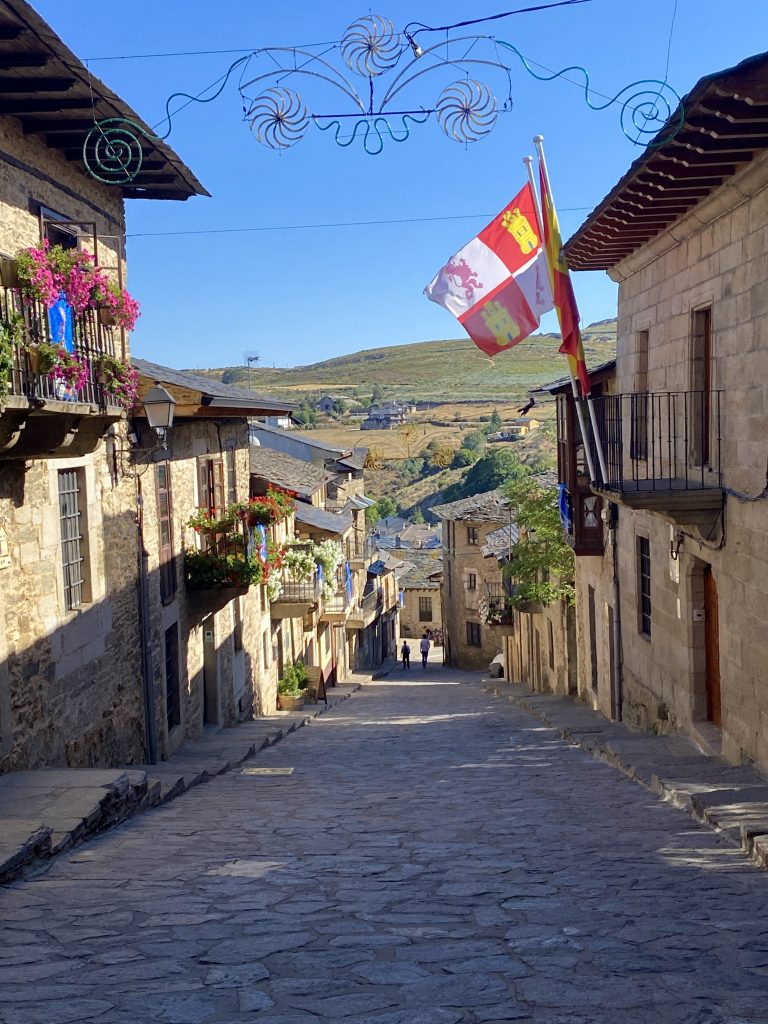
Calle Rua leads directly up to the Plaza Mayor where the village’s three principal buildings stand; the Ayuntamiento (the Town Hall), the 12th century Church of Nuestra Senora del Azogue and the 15th century castle, the Castle of the Counts of Bonavente. The castle is just behind the church.
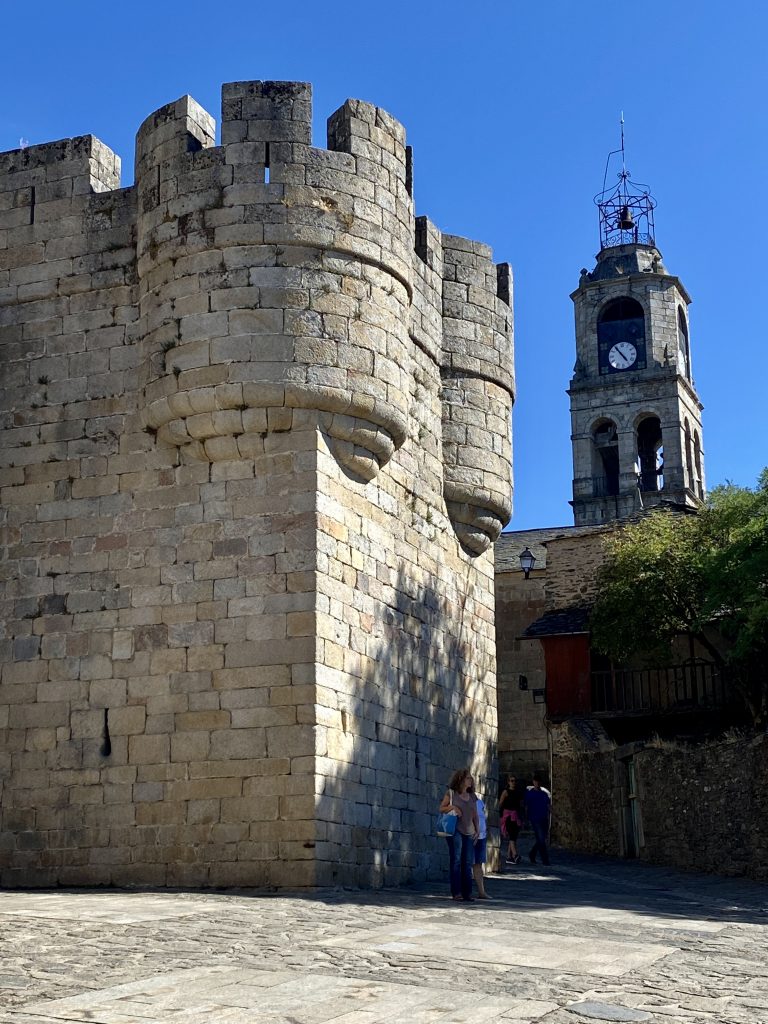

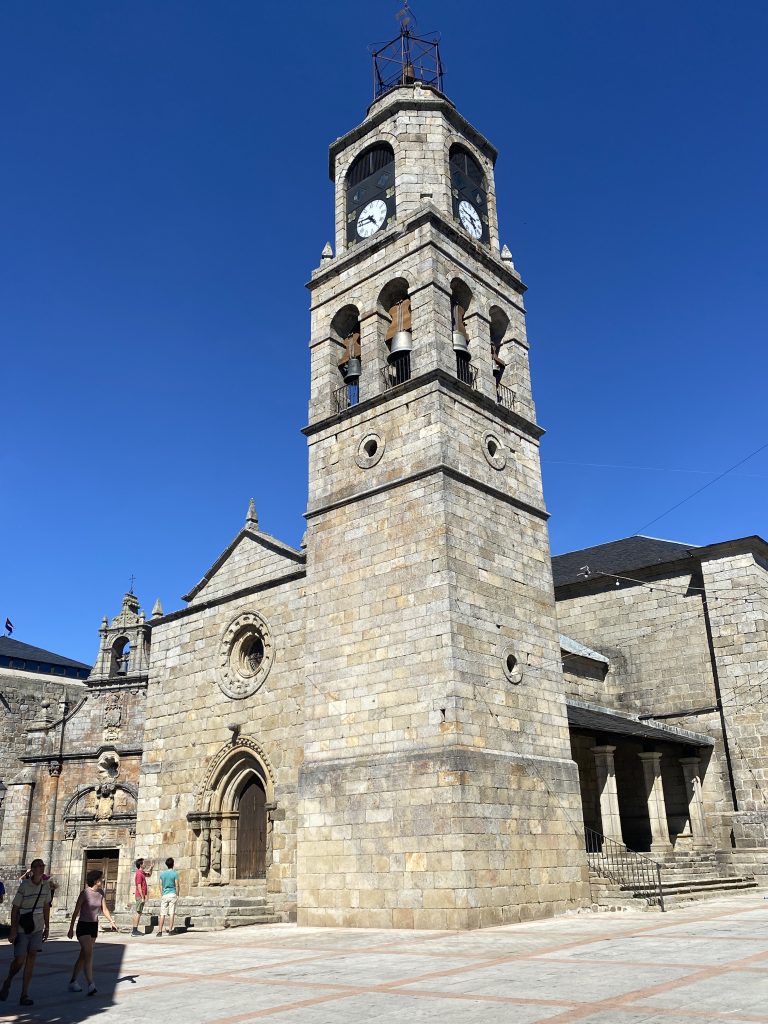
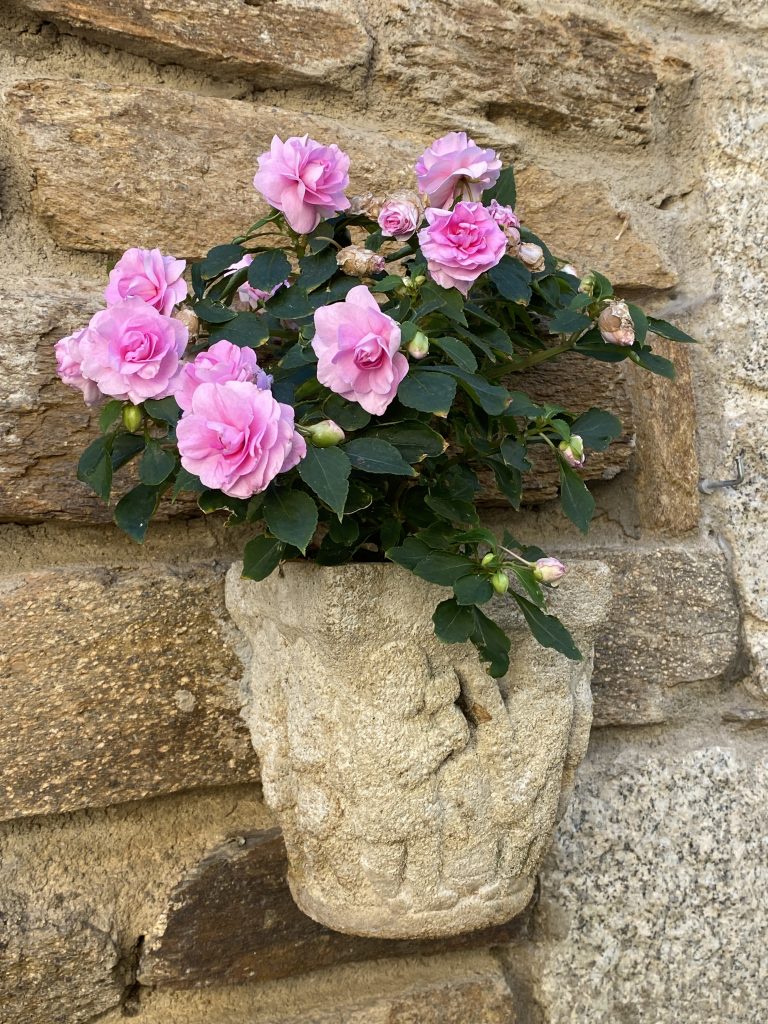
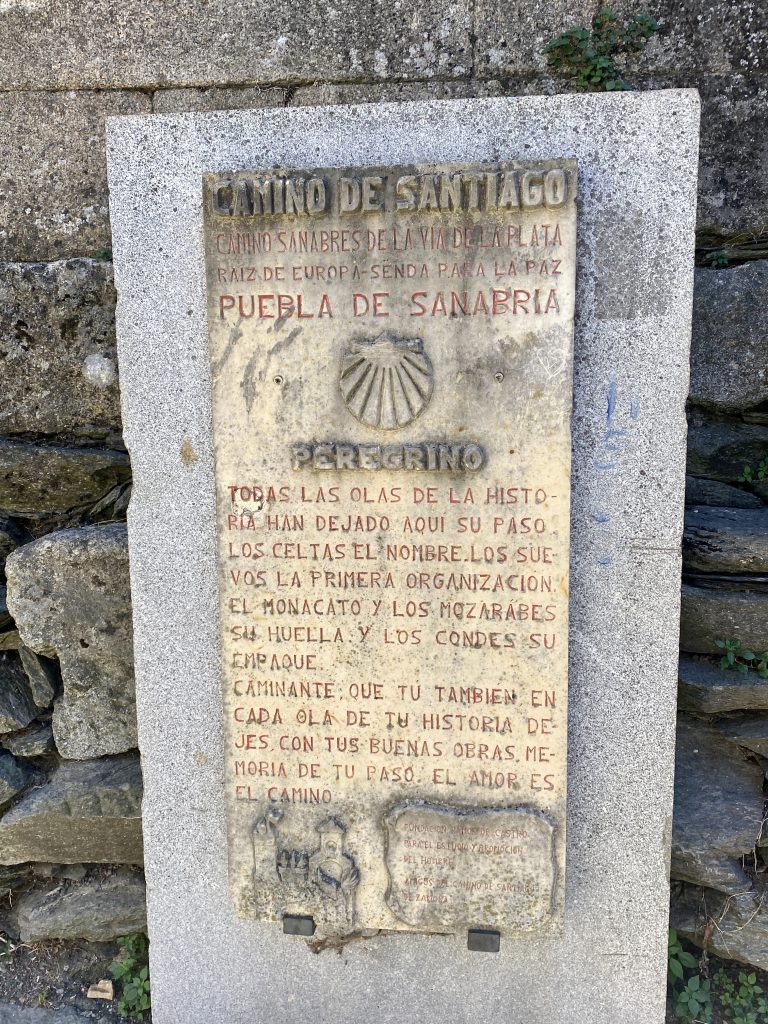
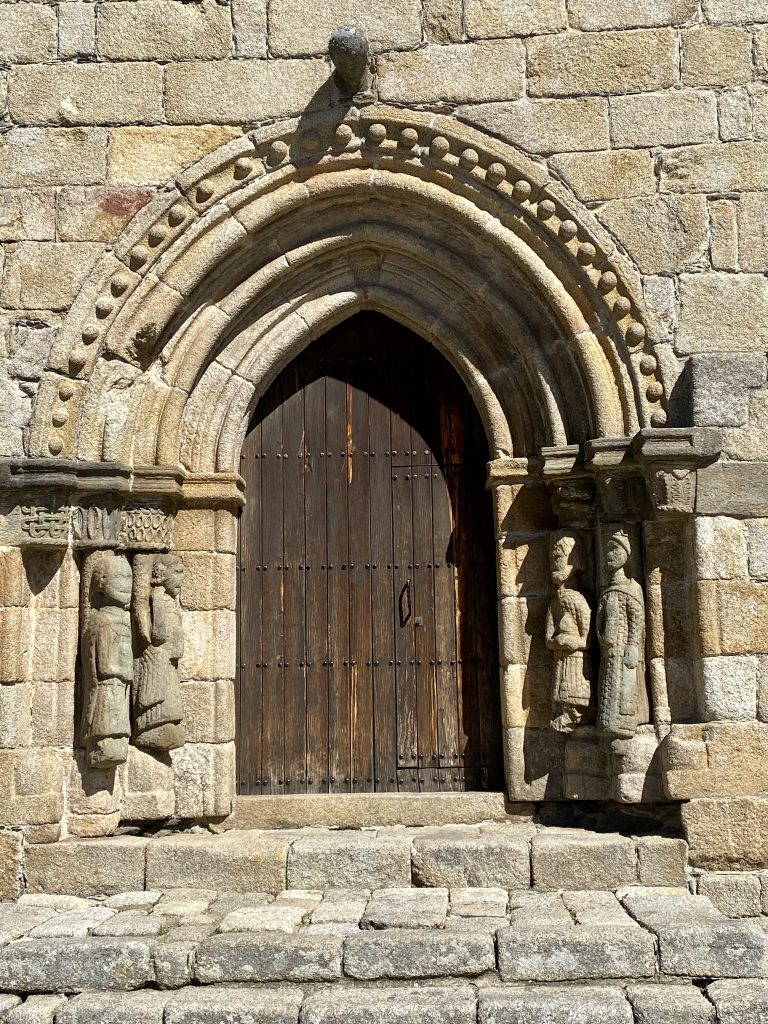
I’ll not bore you with a lengthy description of the old part of the village. I couldn’t do it justice anyway. It will suffice to say that it ranks amongst the prettiest and best preserved (or restored) medieval villages I have seen. It’s easy to find your way around too. There’s a walkway to the east side of the village which runs parallel with Calle Rua and the Hotel Rural Guaza has a pretty little terrace on this walkway which provides great views down over the River Tera and towards the newer part of the village. On the other side of Calle Rua and again running parallel to it (but not it’s full length) are the two very pretty streets of Calle San Bernardo and Calle Florida. The tiny four star boutique hotel ‘Las Treixas’ is on Calle Florida.

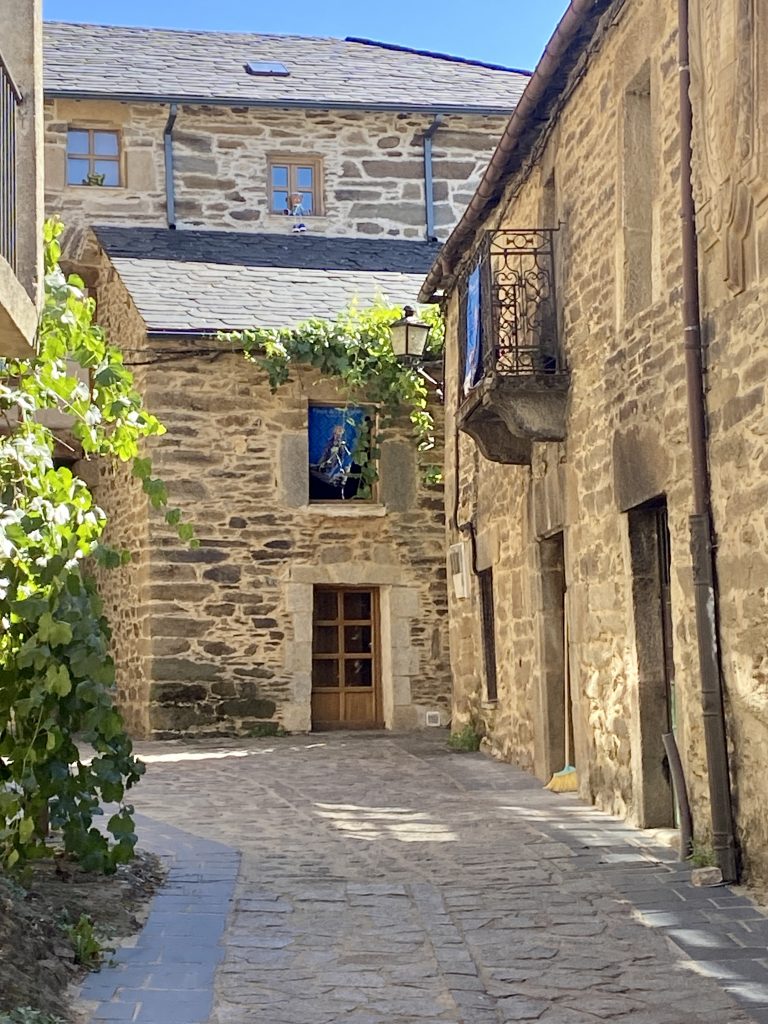
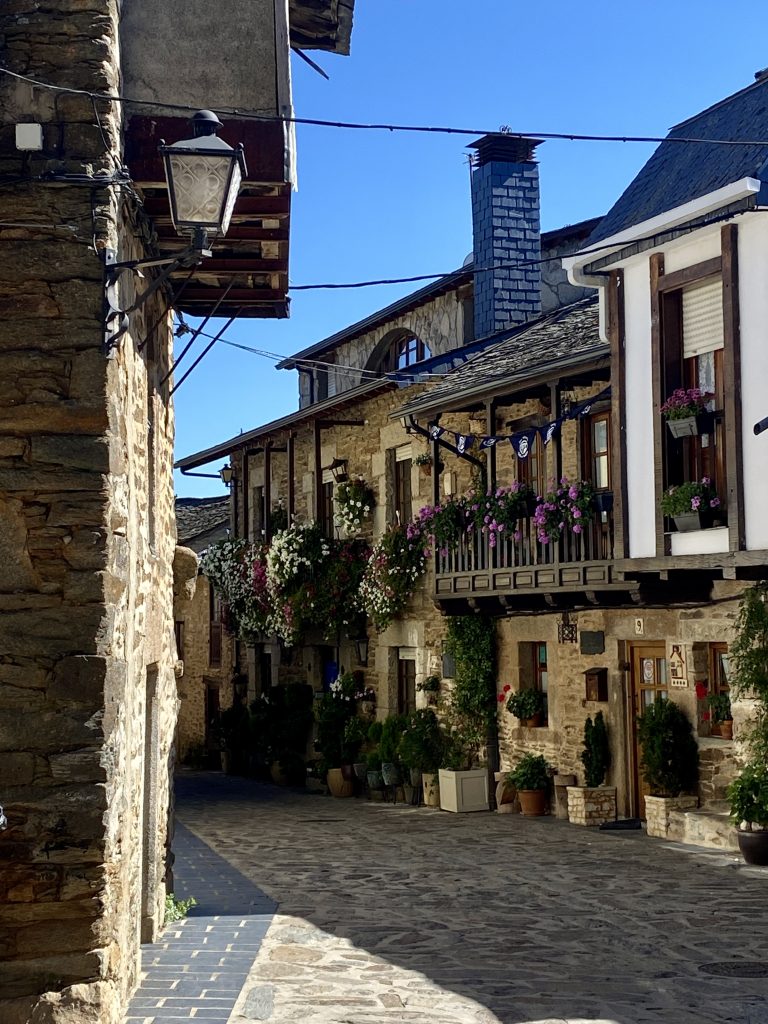
The villages’s castle, the Castle of the Counts of Benavente, is particularly interesting and well worth the entrance fee. It is remarkably well conserved even by this village’s standards. The entrance fee allows access to almost the whole castle, including various exhibition rooms and the battlements from which there are great views over the town and the surrounding countryside.

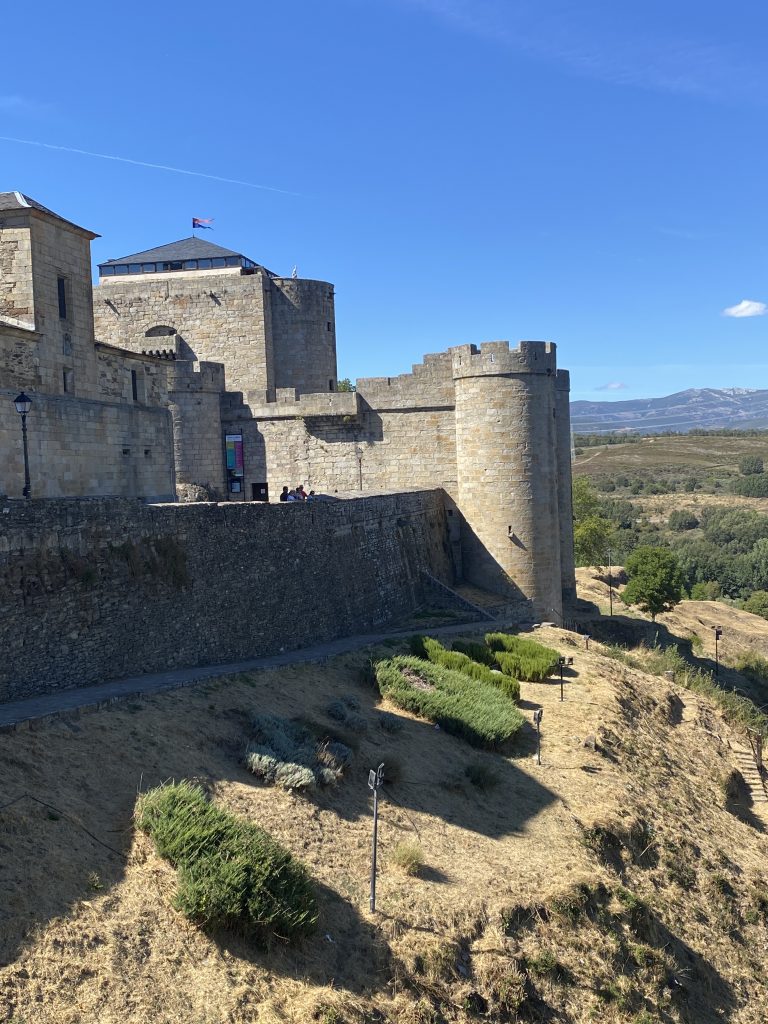

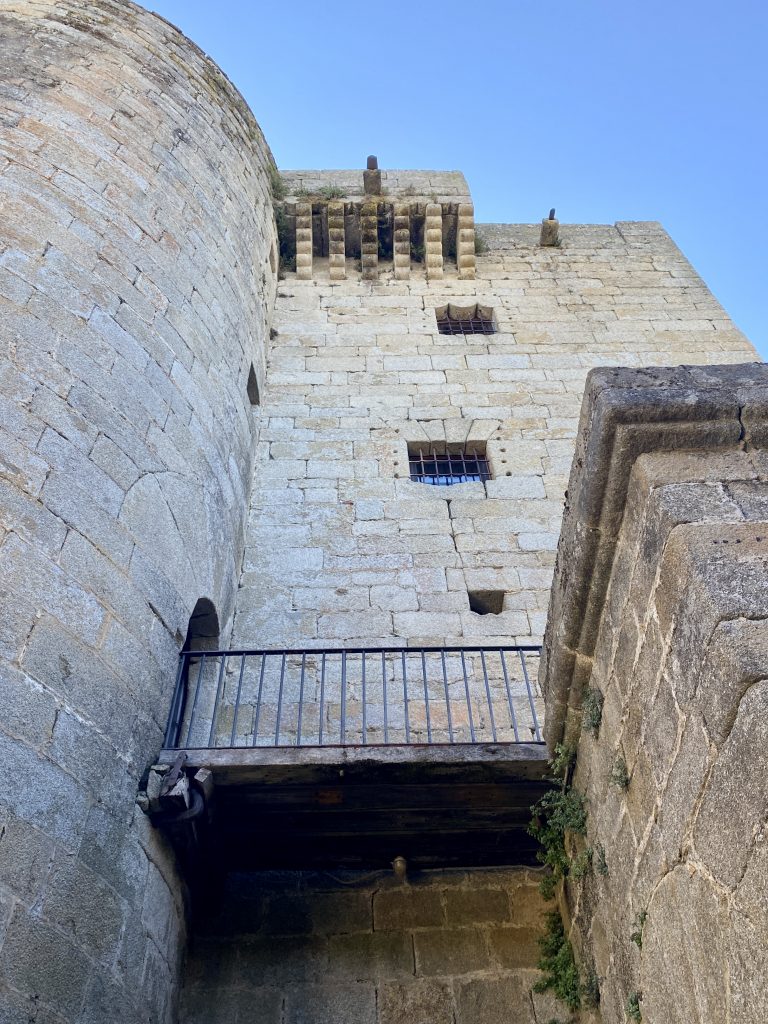
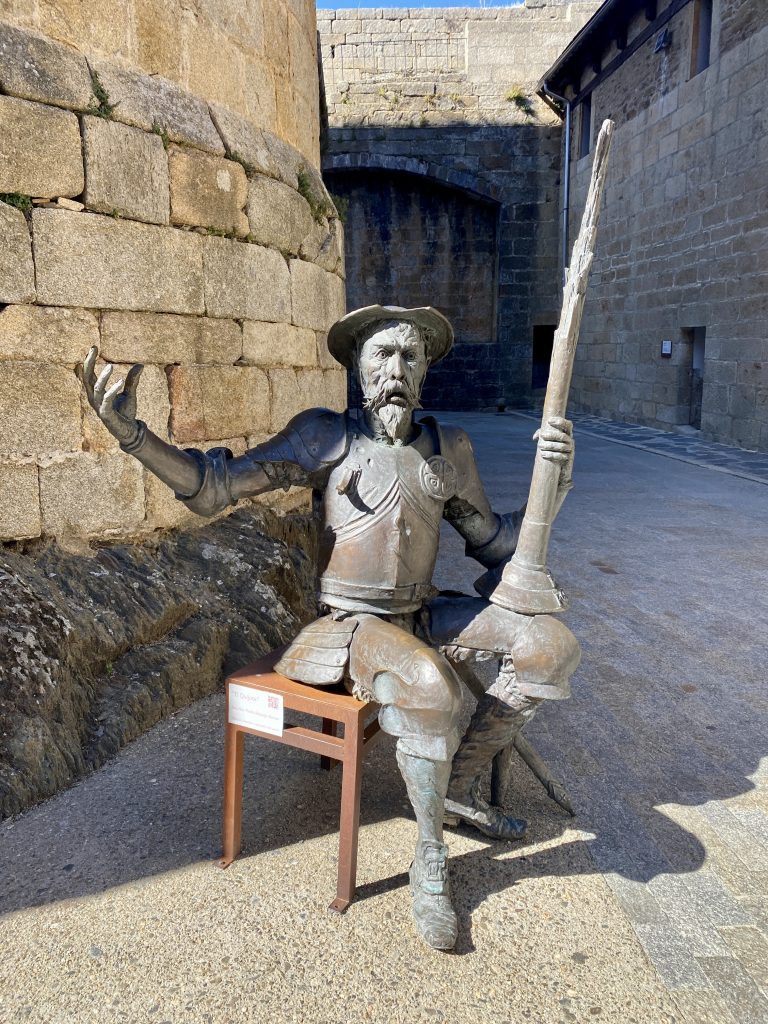
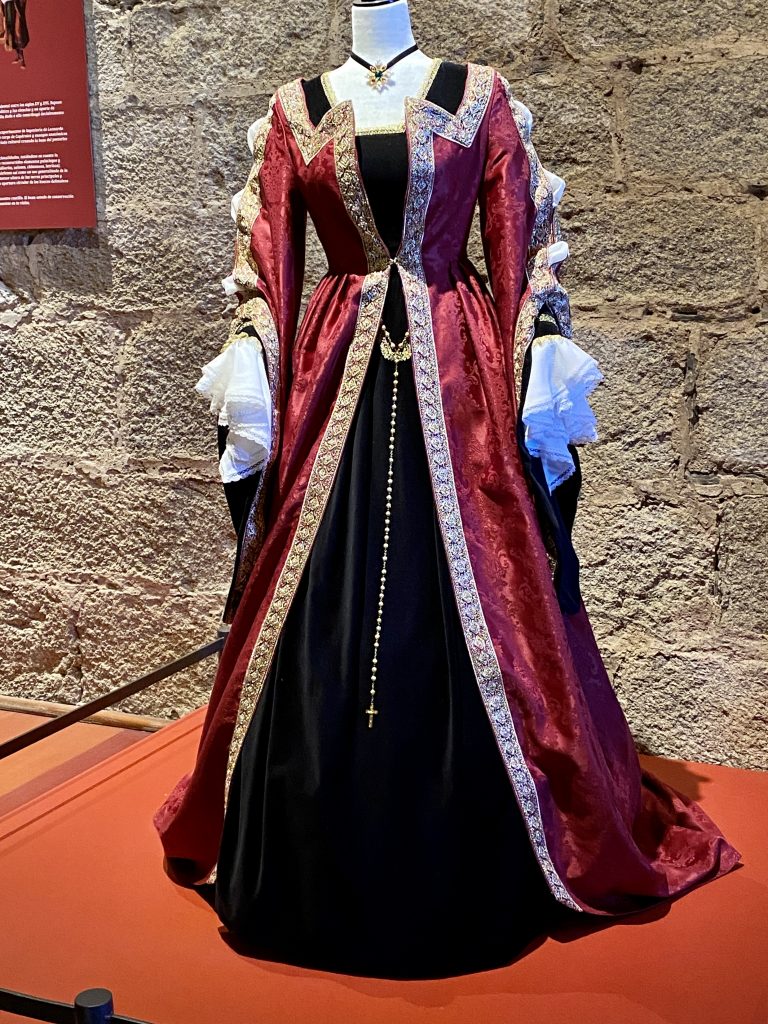
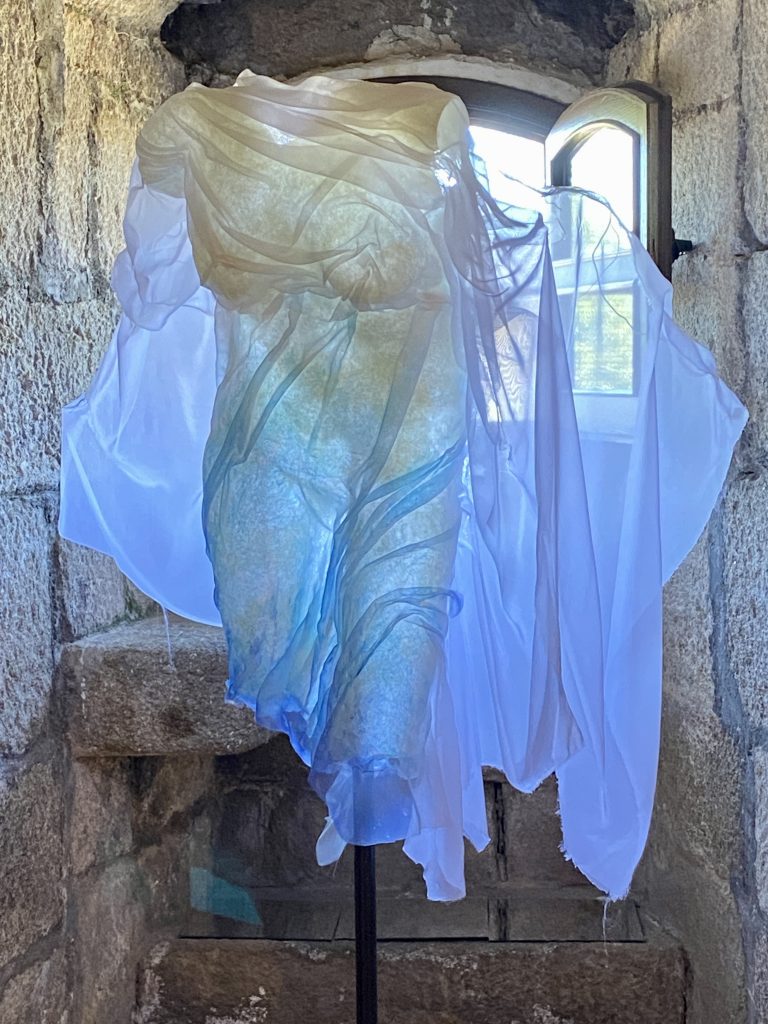
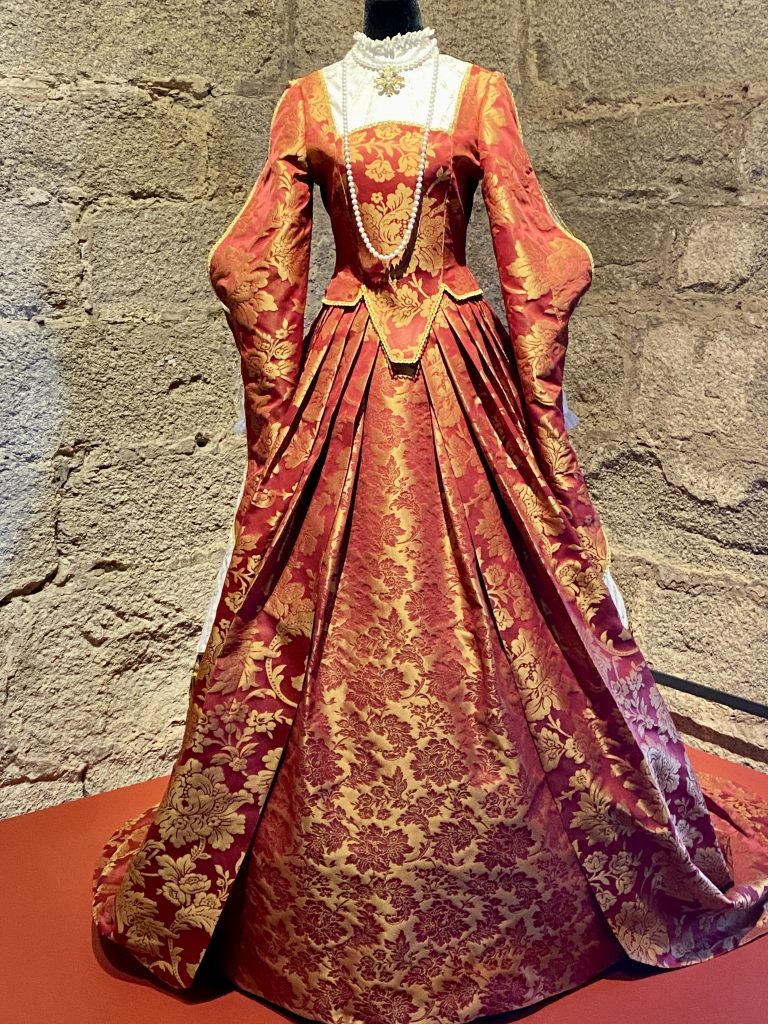
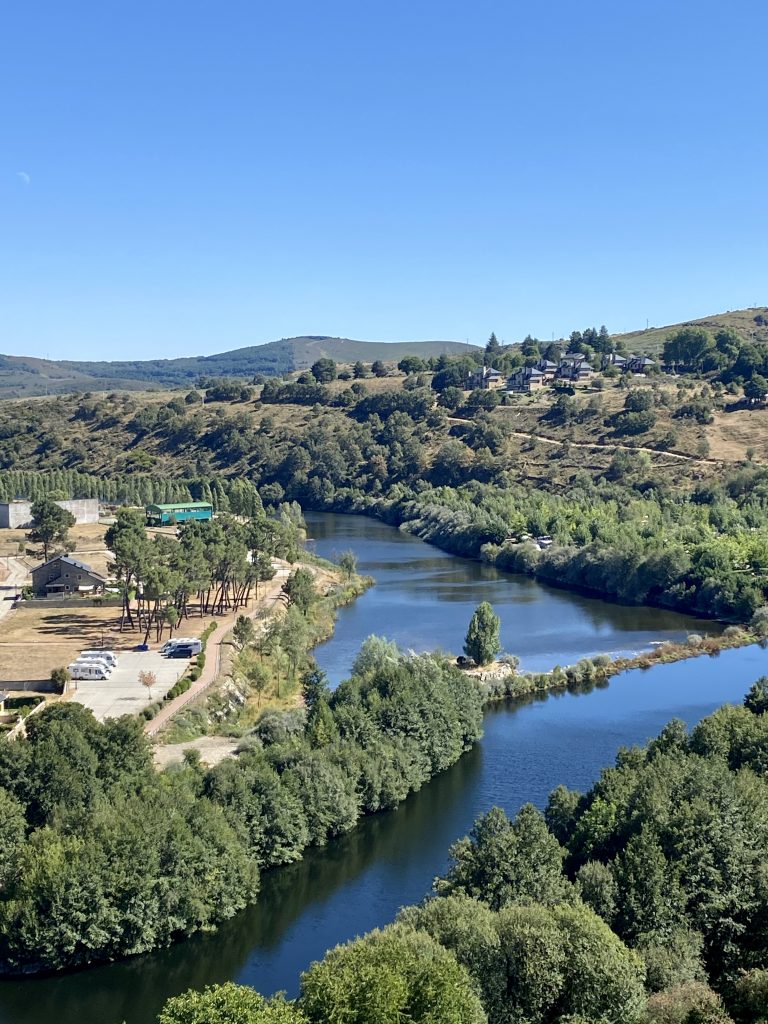
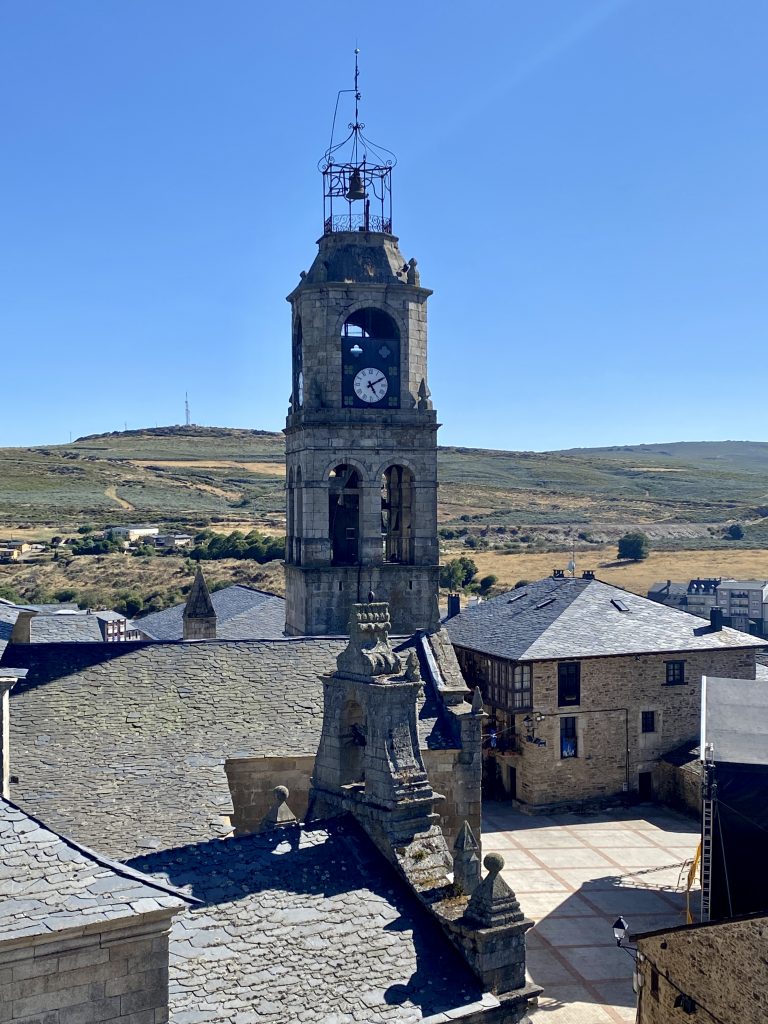
Eating and drinking in Puebla de Sanabria was fun throughout. We tried one of the restaurants and the food was okay but we much preferred the pinchos (this is Castila y Leon and they don’t use the ‘tapas’ word here) in places like the Cafe Bar Espana, La Male Madre and Taberna Las Animas. Not only were the pinchos good (and very cheap) but the friendliness of the locals in these bars was unmatched anywhere we have been in Spain.
The crab pinchos in Cafe Bar Espana perhaps deserve a special mention.
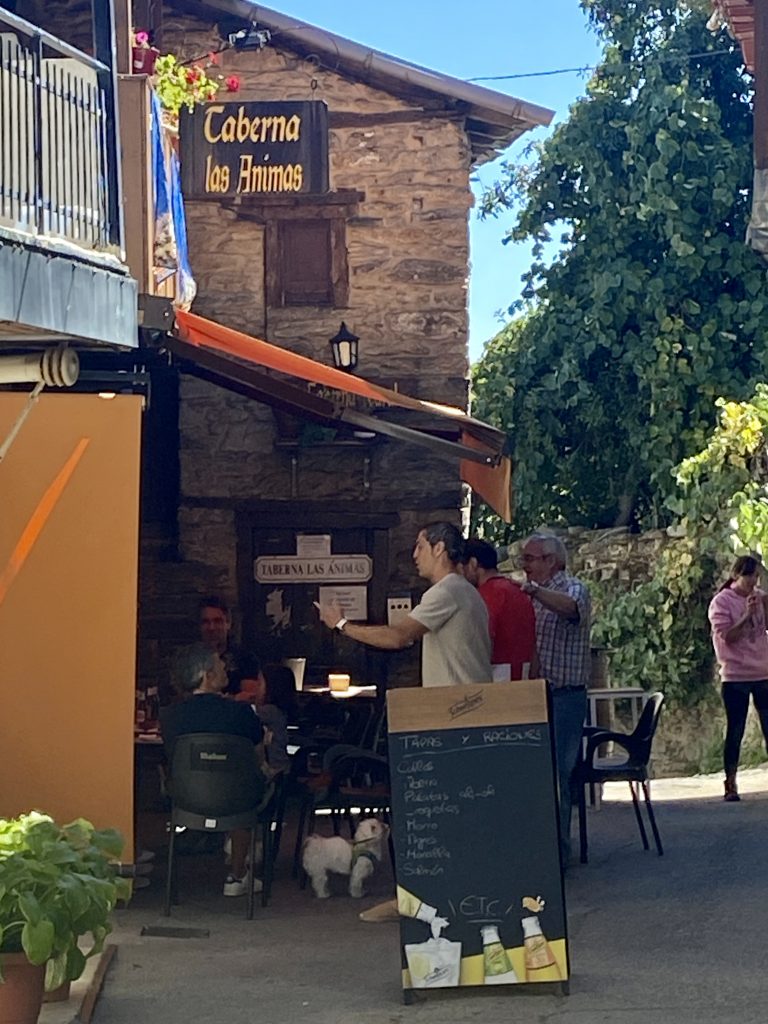
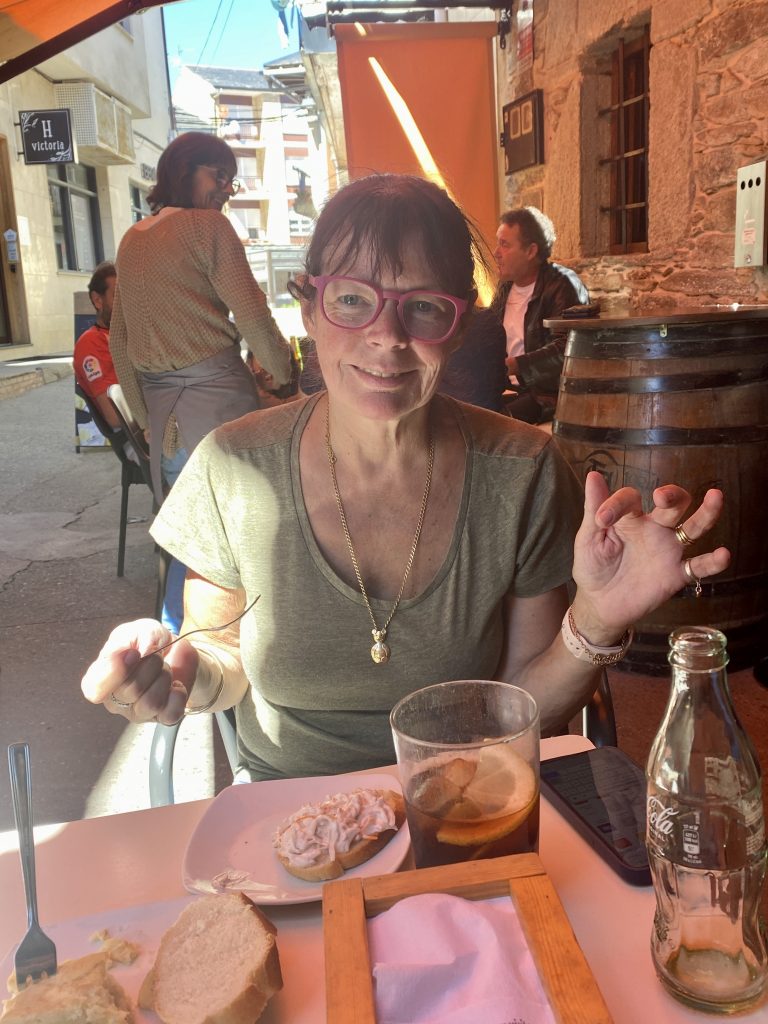
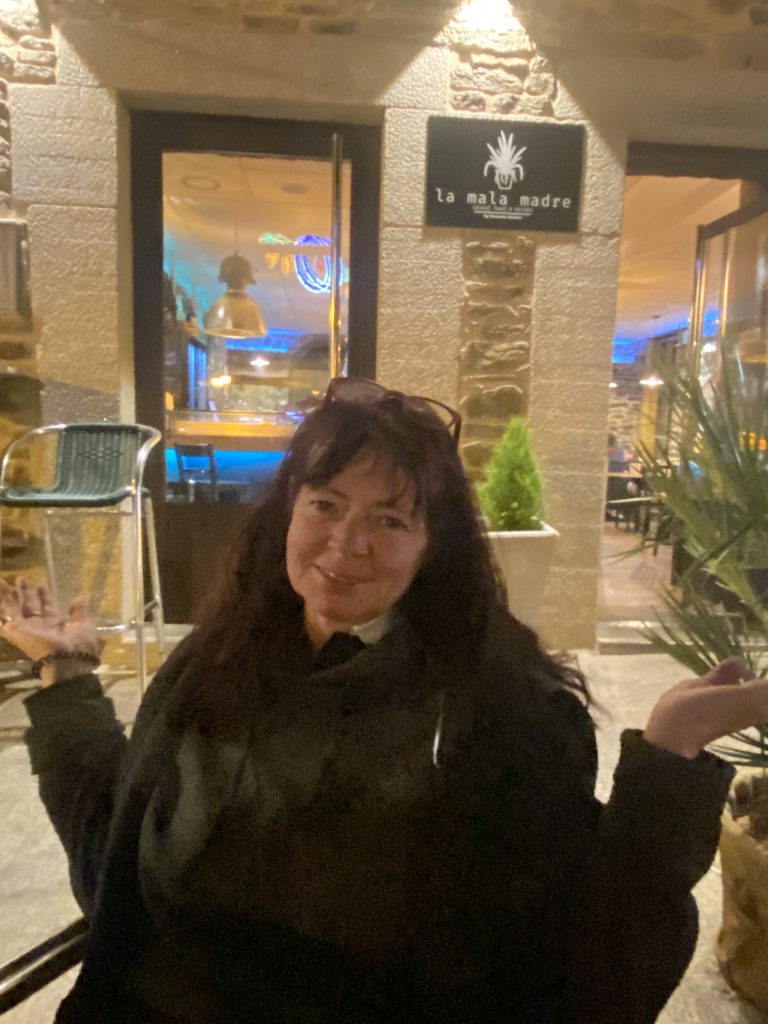
Nights in Puebla de Sanabria were generally raucous affairs because the fiesta was in full swing during most of our stay but I did manage to take a few quiet photos early during our stay…

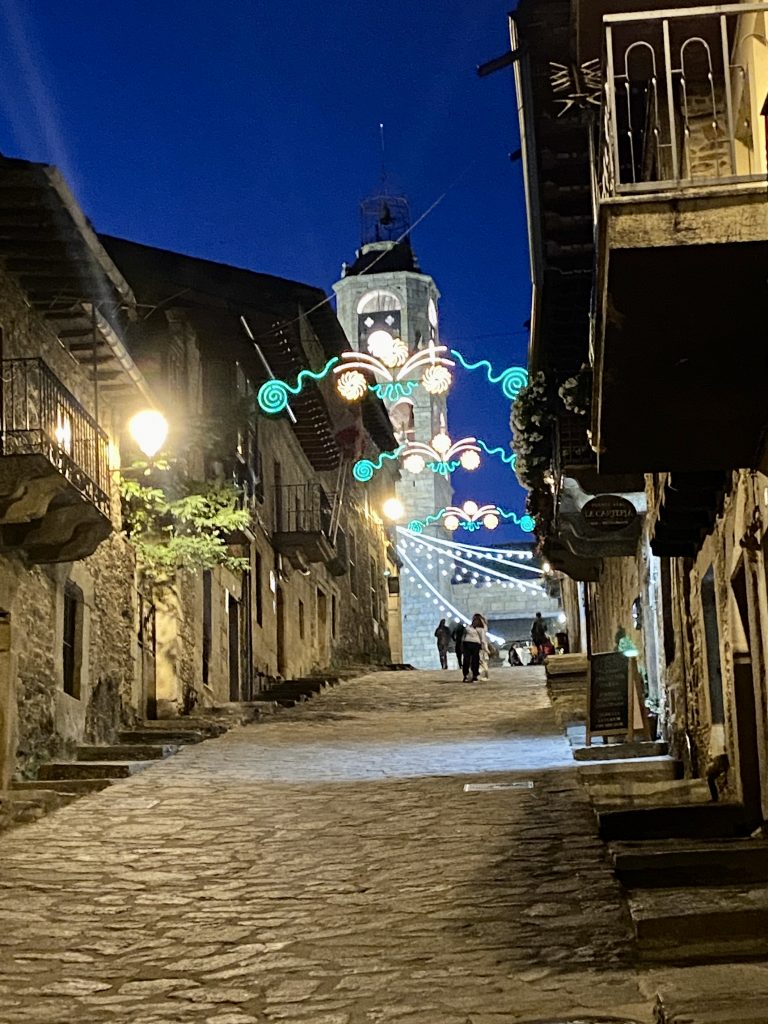
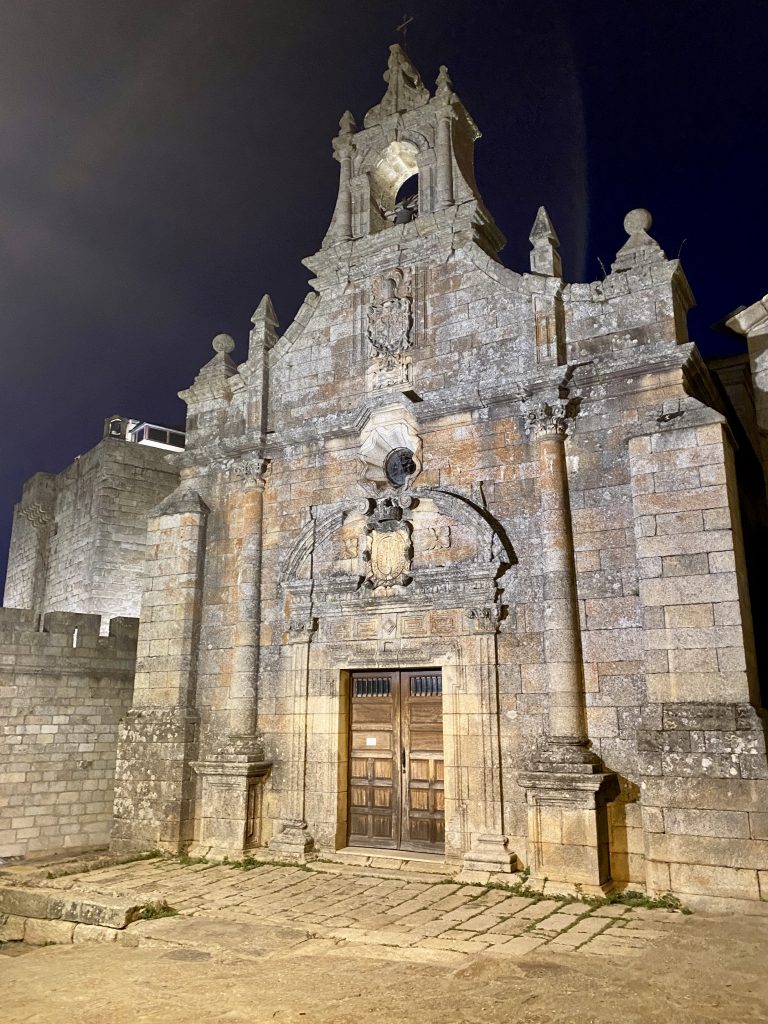
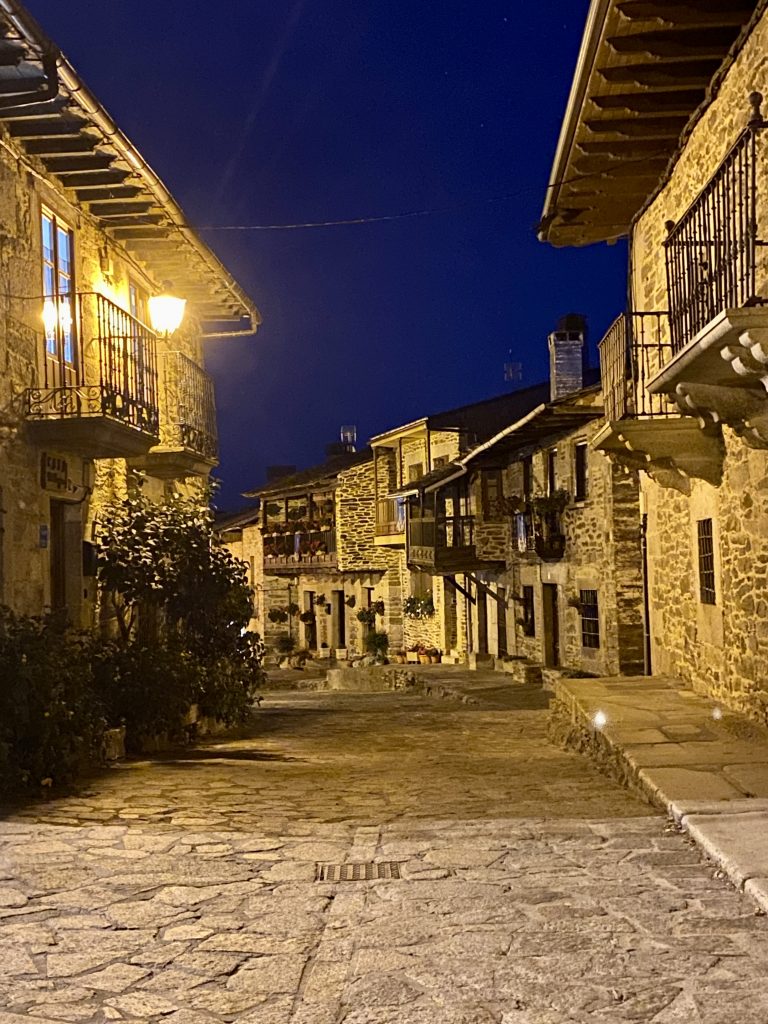

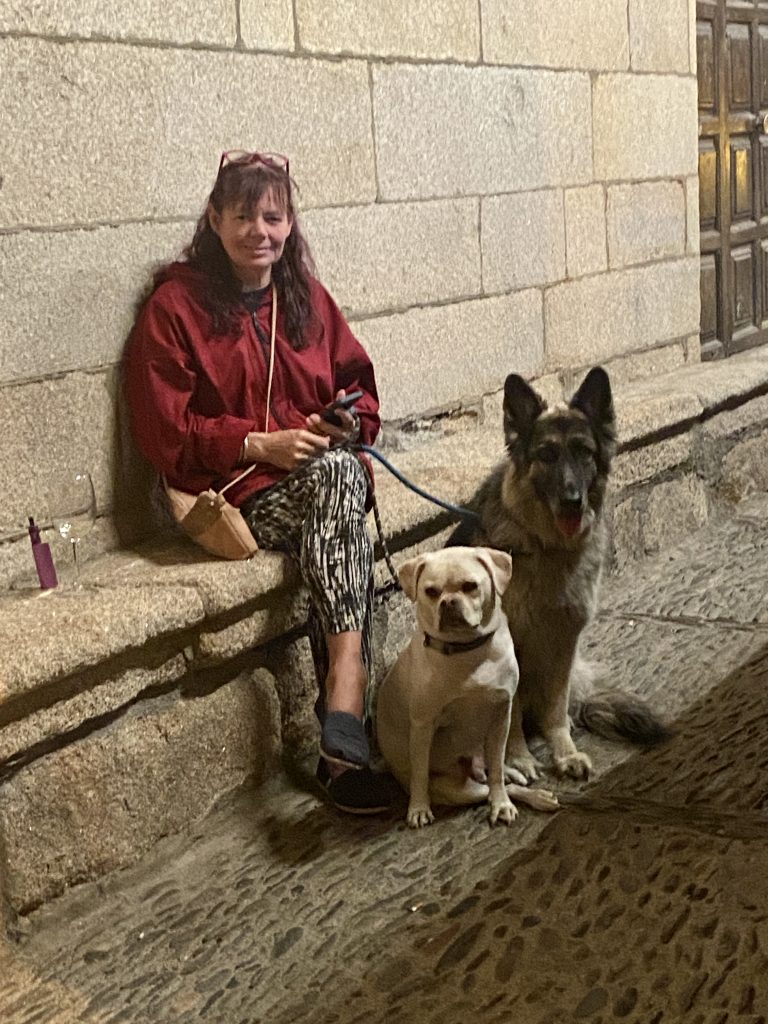
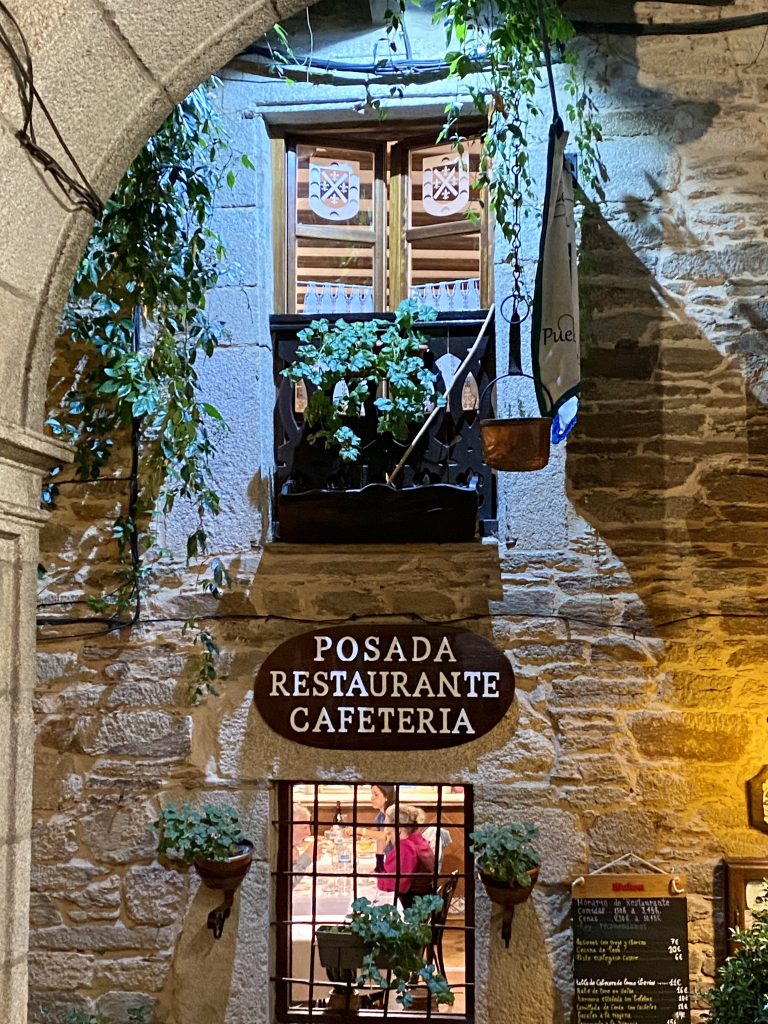
… and so to the fiesta…

